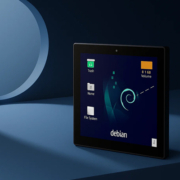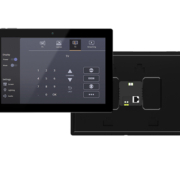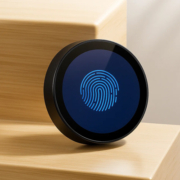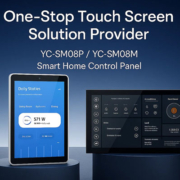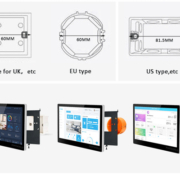Why Choose Smart Home Automation?
With advancements in technology, smart home automation systems are transforming our daily lives. By connecting various devices together, smart home automation makes our lives more convenient, secure, and energy-efficient. You can remotely control everything from lighting and temperature to home security through an automated system.
What is Smart Home Automation?
Smart home automation refers to the integration of devices such as smart thermostats, lights, locks, cameras, and speakers through the internet or a central hub, allowing you to control them remotely. You can manage these devices via a smartphone, voice assistants, or dedicated control panels.
Advantages of Smart Home Automation Systems
1. Convenience and Comfort
Smart home automation systems make it easy to control your living environment, whether you’re at home or away. For example, a smart thermostat can automatically adjust the temperature based on your preferences, while lighting can be set to adapt to various moods or times of the day.
2. Enhanced Security
Smart home automation systems provide enhanced security by allowing you to monitor your home in real time, receive alerts, and control locks remotely. Integration with motion sensors and cameras ensures your home stays secure, and you’re notified of any unusual activity.
3. Energy Efficiency
Smart home automation optimizes the use of lighting, heating, and appliances, helping you save energy and reduce costs. For example, lights automatically turn off when a room is unoccupied, and thermostats adjust based on room occupancy, providing comfort while saving energy.
4. Increased Property Value
Homes equipped with smart home automation are highly desirable to buyers. Installing a smart home automation system can increase the value of your property, making it more attractive to potential buyers in the market.

Smart Home Automation
How Does a Smart Home Automation System Work?
A typical smart home automation system includes three key components:
- Smart Devices: Devices such as lights, locks, and thermostats that can be controlled remotely.
- Central Hub: A smartphone app, voice assistant, or dedicated control panel that manages the system.
- Sensors and Connectivity: Sensors detect changes in the environment, and wireless technologies connect devices together.
Common Types of Smart Home Automation Systems
- Lighting Control: Automate your home’s lighting, adjusting brightness, color, and schedules.
- Climate Control: Use smart thermostats to maintain energy-efficient and comfortable temperatures.
- Security: Integrate cameras, doorbell cameras, and smart locks for enhanced home security.
- Smart Appliances: Remotely control appliances like refrigerators and washing machines for convenience.
Portworld Smart Home Automation Services: Creating the Future Home
As a leading brand in smart home automation, Portworld is committed to providing cutting-edge solutions. Our YC-SM55P and YC-SM08P smart control panels, utilizing KNX, Zigbee, and other technologies, integrate your home devices seamlessly, creating an efficient, secure, and modern living environment.
Whether it’s automating temperature control, lighting, or security, we offer customizable products and services to meet your needs. With Portworld, you can not only control your devices but also tailor them to suit your preferences, making your home truly automated.


